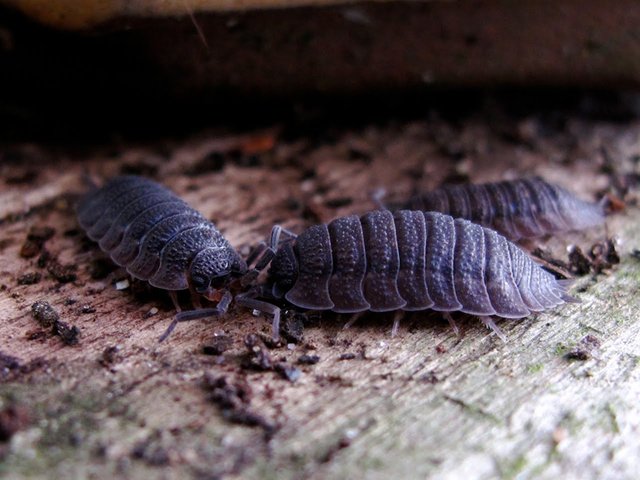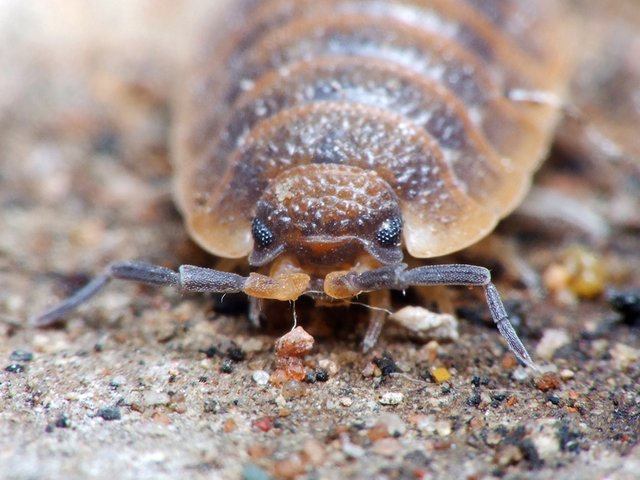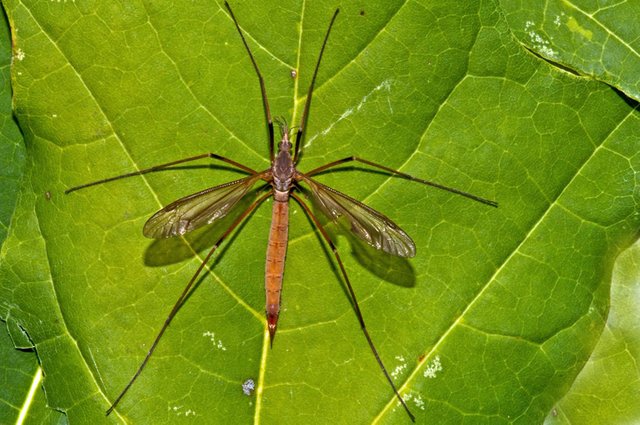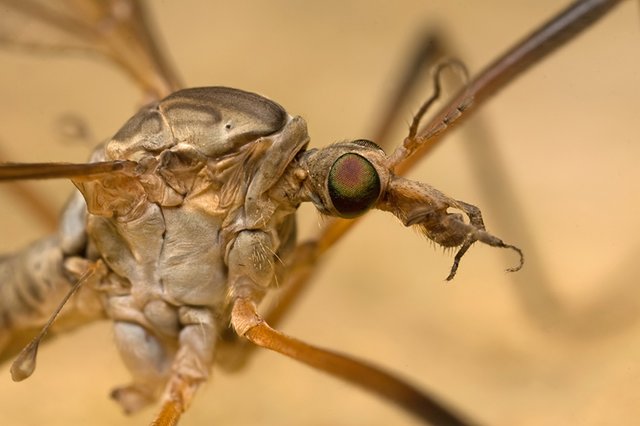The Wild & Creepy Tenants - The Master of Survival & The Unstable Aviator
This is a series about the little tenants that are born, live, and then die in our basements, attics, garages, and even bathrooms. Every day, they do their best trying not to stick out, while our house has become their true kingdom, and it seems that they are not planning to leave it voluntarily.
The Master of Survival
The Woodlouse (Oniscidea) is a true masterpiece of the evolution - it has lived around for over 160 million years.
It is not an insect, but crustacean, that once crawled out from the oceans into the land. This change of environment had dramatic consequences - their lungs developed on their... hind legs! These crustaceans also had to adapt to the limited moisture.

[Source]
So how do they prevent the dehydration?
They use recycling.
In their exoskeleton there is a system of tubes, to which the nitrogen containing urine is being excreted in the form of ammonia. The nitrogen quickly evaporates, but the water stays on the surface of the shell caused by capillary action. After this filtering, the water is absorbed and reused. The water is also necessary for their reproduction - female carries its offspring for about 4 to 6 weeks until they hatch out of the brood pouch called marsupium.

[Source]
The Unstable Aviator
The Crane Fly (Tipulidae) has an impressive size with the body length reaching up to 35 mm, leg length up to 60 mm and wingspan up to 65 mm. They have rightfully deserved the opinion of being the biggest "mosquito" in the world. Although, unlike the mosquitos, they don't buzz or bite. The crane flies do not consume blood - they consume water, plant nectar, or even feed on roots.

[Source]
They are also very poor aviators - they fly very slow and they are easy to catch. Even their family planning is quite chaotic. Just the simple touch of male and female legs can initiate the sexual intercourse. The fruit of the copulation are fertilised eggs that female lay in the soil. Some females choose the quicker method - they drop eggs in the flight or lay them on the surface of a water.

[Source]
-logic
The link to the previous article from this series - "The Wild & Creepy Tenants - The Biting Strongman & The Little Technician [Every Day Is Halloween]".
Fantastically informative. I knew woodlice were crustaceans but I never considered that meant they came from ocean dwelling creatures.
Yeah, I was very surprised myself when I read about it! I was certain that they were insects!
I knew they weren't insects and that they were crustaceans but I had never thought about the fact that crustaceans are generally sea creatures like lobsters. They do look very insect like though. I think this is an example of convergent evolution. They have similar niches to certain types of beetles and so have evolved similar adaptations.
Yeah, prawns, shrimps, crayfish, crabs. They are all crustaceans :-)
I'm glad to hear that my articles can teach something interesting :-)
I like craneflies! People often think they are giant mosquitoes. But they don't even have any working mouthparts as adults. And some only live a few days. They just mate and die. They have cool stabilizers on each side of their body, behind their wings. You can see that on the lower left of the last photo.
Yeah I see them. Thanks for telling me! :-)
They don't bite but they are quite a pest and can cause serious damage to crops when in larger numbers.
Yep, people don't like what the larvae do to the grass in their lawns. : ( But I still enjoy seeing them and those stabilizers.
I have to admit that I find your fascination interesting. Normally people are disgusted by bugs
I had a big insect collection as a kid. I entered it into the county 4-H fair and had it shown in different places. I spent many, many hours with insects. (I'm near-sighted, so maybe that helps, haha.)
Included in Steemprentice Spotlight :)
Tweeted by SteemLand